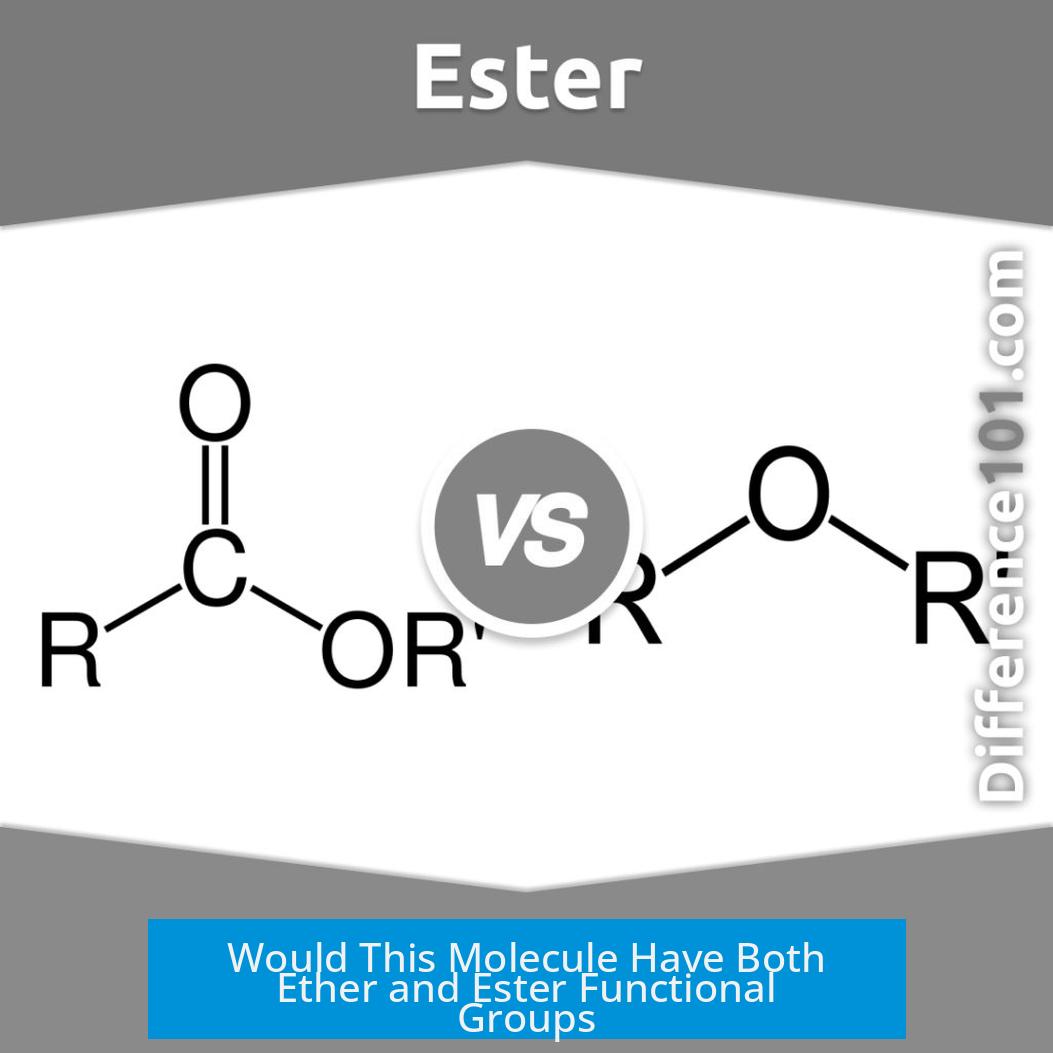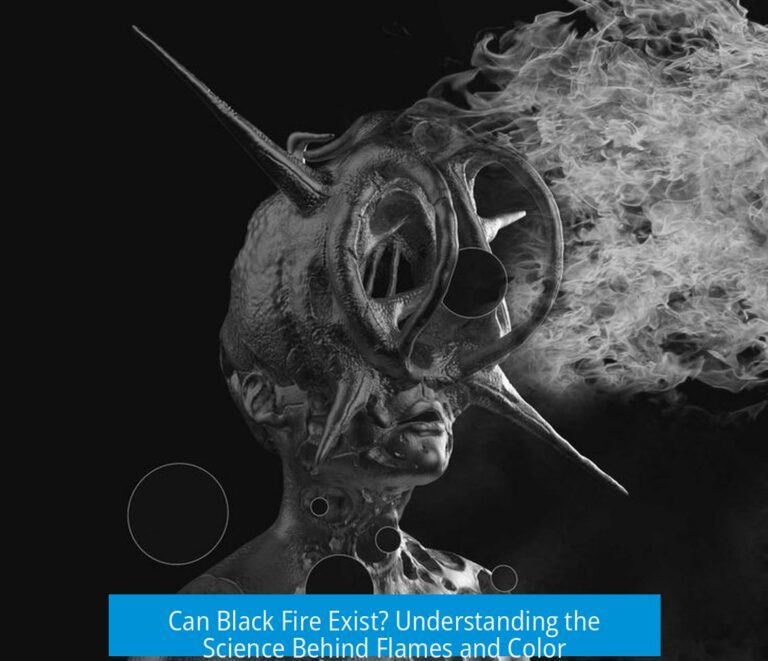Does a Molecule Contain Both Ether and Ester Functional Groups?
No molecule is considered to have both an ether functional group and an ester functional group simultaneously just because it contains an ester group. The presence of a carbonyl in the ester fundamentally distinguishes it from an ether. Therefore, esters are not treated as derivatives of ethers, and a molecule like methyl acetate has only an ester group.
Understanding Ester and Ether Functional Groups
- Ether Group: Composed of an oxygen atom connected to two alkyl or aryl groups (R–O–R’).
- Ester Group: Contains a carbonyl group (C=O) adjacent to an oxygen linked to an alkyl or aryl group (R–CO–O–R’).
The critical component that differentiates esters from ethers is the carbonyl (C=O) group next to the oxygen in esters. This carbonyl affects the electronic structure and chemical behavior of the molecule.
Why Esters Are Not Considered Ethers
Esters involve electron delocalization where the lone pairs of electrons on the oxygen adjacent to the carbonyl share into the C=O bond. This delocalization changes its reactivity and properties compared to ethers, which lack this carbonyl feature.
The distinct chemistry means esters and ethers react differently and function differently in organic synthesis and biochemical processes. Labeling esters as a type of ether is chemically inaccurate and misleading.
Example: Methyl Acetate
Methyl acetate is a common ester with the structure CH3–CO–O–CH3. It clearly shows an ester functional group, not an ether. Although oxygen bridges two groups, the adjacent carbonyl separates it conceptually and functionally from an ether group.
| Functional Group | Structure | Key Feature |
|---|---|---|
| Ether | R–O–R’ | No carbonyl; oxygen bonded to two carbons |
| Ester | R–CO–O–R’ | Carbonyl adjacent to oxygen causes distinctive reactivity |
Summary of Distinctions
- Esters contain a carbonyl group; ethers do not.
- Electron delocalization in esters alters chemical behavior.
- A molecule with an ester group is not also considered to feature an ether group.
Key Takeaways
- Esters and ethers have distinct functional groups.
- Presence of a carbonyl group determines ester classification.
- Esters are not derivatives or subsets of ethers.
- Molecules like methyl acetate contain only ester groups.
Does a molecule like methyl acetate contain both an ether and an ester group?
No. Methyl acetate contains only an ester group. It is not correct to say it has both ether and ester groups.
Why are esters not considered a type of ether?
Esters have a carbonyl group next to the oxygen, which changes their chemistry. This makes esters fundamentally different from ethers.
Can the oxygen in an ester behave like an ether oxygen?
Not exactly. The oxygen in esters shares electrons with the carbonyl group, which alters its reactivity compared to the oxygen in ethers.
Is it possible for one molecule to have both an ether and an ester functional group?
Yes, but that would require two distinct oxygen atoms in different environments. Methyl acetate does not show this; it only has an ester.
Why is it important to distinguish between ether and ester groups?
The chemical behavior and reactivity of esters and ethers differ. Misclassifying them can lead to incorrect predictions in reactions and properties.





Leave a Comment